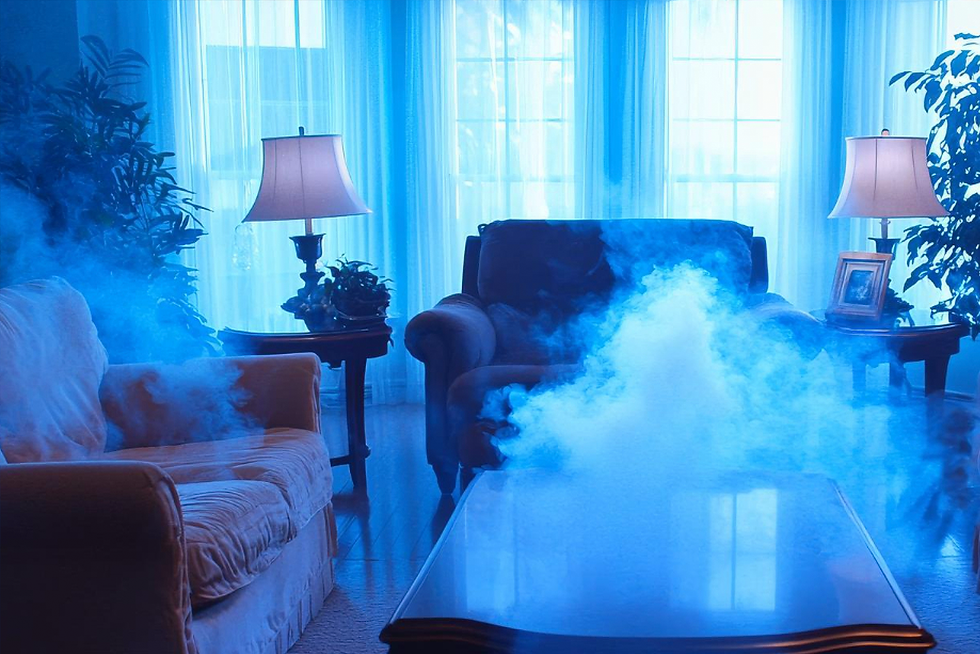Mold drives Titusville police staff from offices
- Corey Provencal

- Nov 13, 2011
- 2 min read
The symptoms started the day Maj. Todd Hutchinson moved into his new office at the Titusville Police Department’s headquarters: constant coughing, sore throat, stuffy nose.
“It was similar to hay fever,” said Hutchinson, who had been promoted to take over the department’s administrative services division. “I assumed it was allergies, but I suspected the building.”
Hutchinson and his predecessor, Maj. Doug Massey, knew there were problems with the 37,000-square-foot building at 1100 John Glenn Blvd. The roof has leaked since the 2004 hurricanes, and the department has requested repairs every year since.
The money was never available, however, until this year: In September, contractors patched the roof.
But it sprung two fresh leaks during the Columbus Day weekend storm that dumped 1 foot of rain on parts of Brevard County. Hutchinson walked into his office, and the carpet squished under his feet: It was saturated with water.
For police officials, it was the last straw — a sign that couldn’t be ignored.
An expert’s testing revealed that mold had been festering beneath the carpet and in the walls “for years,” Hutchinson said. The air quality in his office was deemed hazardous.
Five offices, including the Chief Anthony Bollinger’s, were sealed Monday morning as workers started to perform emergency repairs: new carpets, ceiling tiles, sheetrock. Five other offices and the records division require cleaning and will be temporarily relocated. There is no timetable for the fixes to be completed.
City officials declined to estimate the financial impact. Several employees, including Hutchinson, also plan to seek funding for medical bills through workers’ compensation insurance.
Tom Abbate, the city’s support services director, said interior repairs have been made “piecemeal” since 2004. But extensive work couldn’t be done until the roof was fixed.
“The police building is a high-maintenance building, and we do as much as we can with the funding available,” Abbate said. “But whatever this costs, we have to take care of it. It’s not a discretionary item.”
Most of the problems are confined to the east side of the building, which was built for Lockheed in 1984. The city paid $2 million for it in 1997.
Hutchinson said the public shouldn’t be affected.
“We are in the business of dealing with crises,” Hutchinson said. “We’re using our training to work through this.”
Written by Andrew Knapp | FLORIDA TODAY
• John P. Lapotaire, CIEC • Certified Indoor Environmental Consultant • Microshield Environmental Services, LLC • www.Microshield-ES.com
#microshield #IESO #FloridaDBPR #Chapter468 #HB5007 #indoorairquality #SenateBill2234 #mold #IEQ32 #LEED #DepartmentofBusinessandProfessionalRegulation #moldpretreatment #MoldRelatedServicesLicensingProgram #SB1244 #PCBBCAS1101 #HB4171 #moldtesting #moldprevention #IndoorEnvironmentalStandardOrganization #healthyhome #USGBC #ResidentialMoldAssessment #HB5005 #FloridaStatutes #moldinspection #moldremoval #moldremediation #ASTM #johnlapotaire #newhomemold #PartXVI #JohnPLapotaire #HouseBill713 #ciec #airquality









Comments